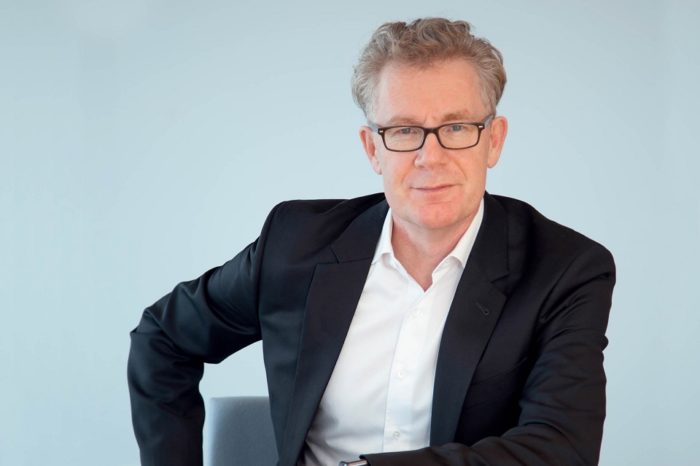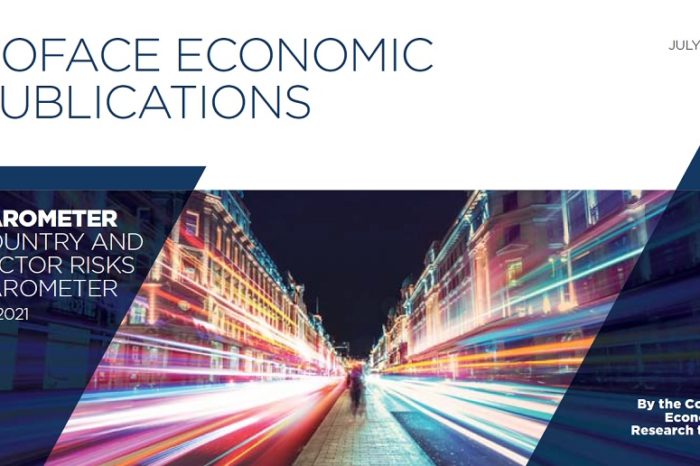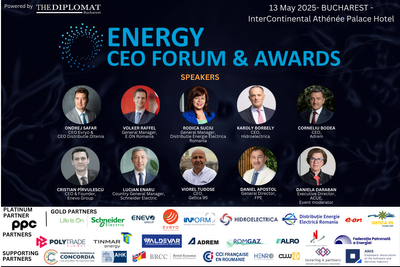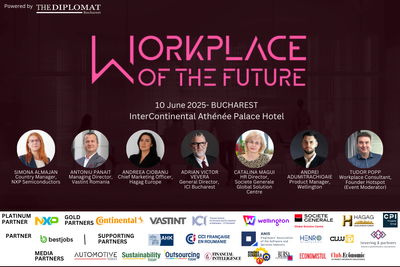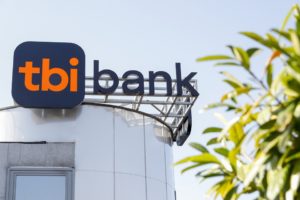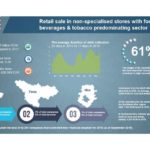Retail sale in stores with food, beverages or tobacco, 8 percent increase in 2018, says Coface
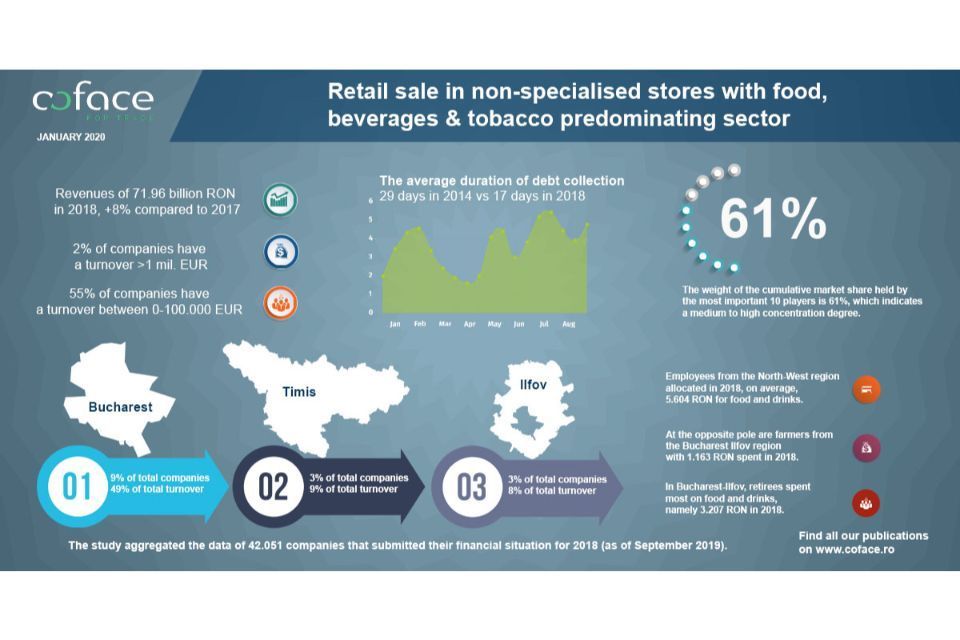
A new study conducted by Coface Romania on the sector of “Retail sale in non-specialised stores with food, beverages or tobacco predominating” indicates a positive evolution of revenues in 2018, which increased with approximately 8% compared to 2017, with a slightly lower profitability.
The share in the total turnover of the top 10% companies in the sector remained at a high level (89.1% in 2014, in 2018 reaching the value of 89.4%). Thus, the sector is highly polarized, with some large companies generating a high share in the turnover and many small companies contributing less to the total revenues.
The largest number of companies operating in this sector are located in Bucharest ~ 9% of the total, generating the highest turnover ~ RON 35 billion (49% of the total). After Bucharest, Timis and Ilfov contribute with 9%, respectively 8% in the total turnover and 3% in the number of companies.
“Consumption continued at a fairly steady pace in 2019 as well. Expenditure on wages in the public sector increased by almost 20% and exceeded the threshold of RON 100 billion in 2019 (over 10% of GDP, the highest percentage in the EU), which caused a domino effect in the private environment affected by labour stress due to emigration. Thus, the net nominal wage increased by almost 14% in 2019, reaching almost RON 3.200, of which around 4% were lost through the erosion of purchasing power due to inflation. In this context, the trade deficit exceeded EUR 15 billion in the first 11 months of 2019, the highest level of the last decade, as imports increased more than twice as fast as exports. Macroeconomic imbalances are accentuated by the highest risk, namely the deepening of the fiscal deficit to RON 37 billion in the first 11 months of the previous year, the highest level of the last decade. All these figures highlight the pro-cyclical nature of consumption stimulation, an unsustainable strategy because it is accompanied by the acceleration of inflation, the depreciation of the national currency and the accentuation of the twin deficits (commercial and fiscal). Therefore, the consumption slow down becomes inevitable in the next two years, the most optimistic outlooks indicating an annual advance of 3%-4%, half compared to the pace registered in the last two years (6%-7%)”, stated Iancu Guda, Services Director, Coface Romania.




